
The issue of high prescription drug prices in the United States has been a source of frustration for patients, policymakers and health care professionals for years.
In a very welcome response, President Trump recently signed an executive order to alleviate this problem, vowing that it would provide American consumers with significant and immediate relief.
While the order has been described as one of the most consequential in recent history, its details remain vague and its long-term impact uncertain. Experts remain skeptical about how quickly and effectively these measurers will translate into real savings. We also take a look at what this means your next beauty haul.
Why Are Prescription Drugs so Expensive in America?

The U.S. pays some of the world’s highest prices for prescription drugs, with costs two to four times higher than in countries like Australia or France. This is largely due to the fragmented healthcare system, which lacks centralized price negotiations.
Pharmaceutical companies set their own prices, and powerful industry lobbying has long prevented major reforms. The high costs are being addressed by political parties, but the progress is slow. As a result, many Americans can’t afford necessary medication.
What’s in the New Executive Order?
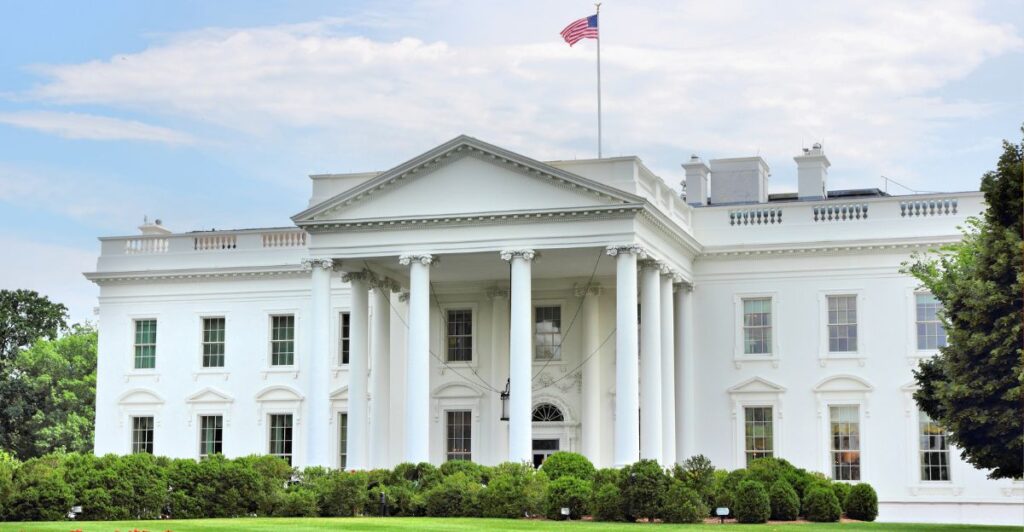
President Trump signed an executive order that aims to lower prescription drug prices by pressuring manufacturers to match the lowest prices found abroad. The order also encourages more direct sales to consumers and explores the possibility of importing cheaper drugs.
While White House claim prices could drop by up to 80% “almost immediately,” experts remain skeptical. The lack of detail, and the likelihood of industry pushback, means that it could be a while before any real savings materialize.
Industry and Market Reactions: Cautious Optimism
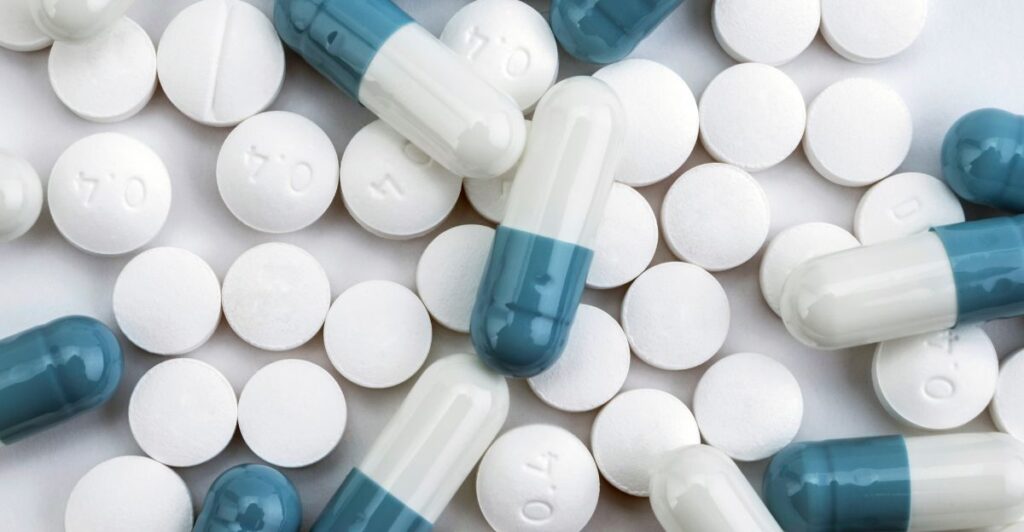
The pharmaceutical industry has vehemently opposed the executive order as it would stifle innovation and reduce funding for research. Investors, however, appeared skeptical that the order will have an immediate impact, as stock prices quickly rebounded after the announcement.
It is likely that legal challenges and lobbying will slow the implementation process. But continued scrutiny over transparency and cost control is expected to keep pressure on the industry, potentially paving the way for more affordable prescription medications.
Policy Reform and the Path Forward
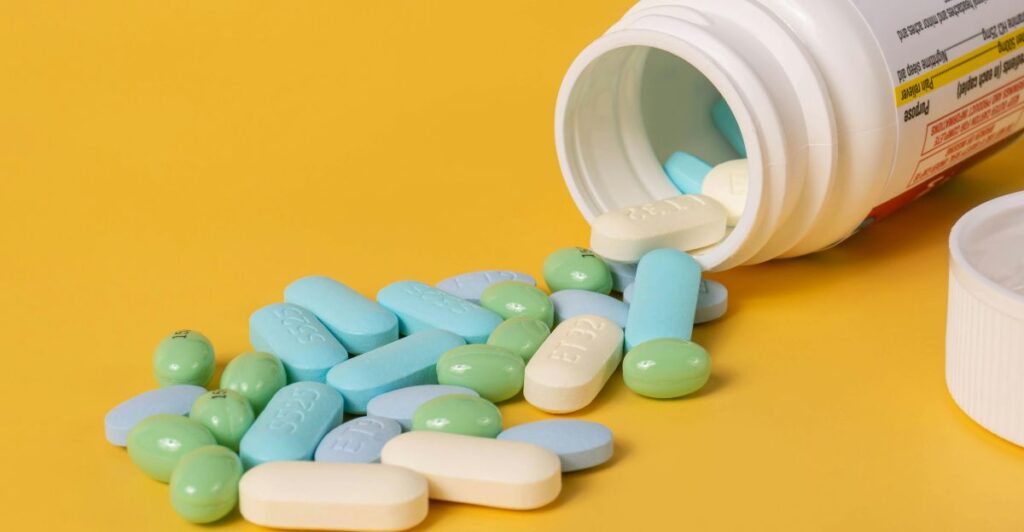
In addition to executive actions, there are policy reforms in motion that are shaping the future of drug pricing. The Inflation Reduction Act (IRA) authorizes Medicare to negotiate prices for several of the costliest drugs; the first negotiated prices would take effect in 2026.
States are also introducing their own laws demanding transparency from drug manufacturers to disclose pricing data and justifications for price increases. These initiatives aim to increase competition, prevent excessive price hikes and ultimately make medications more affordable for consumers.
The Role of Biosimilars and Generics
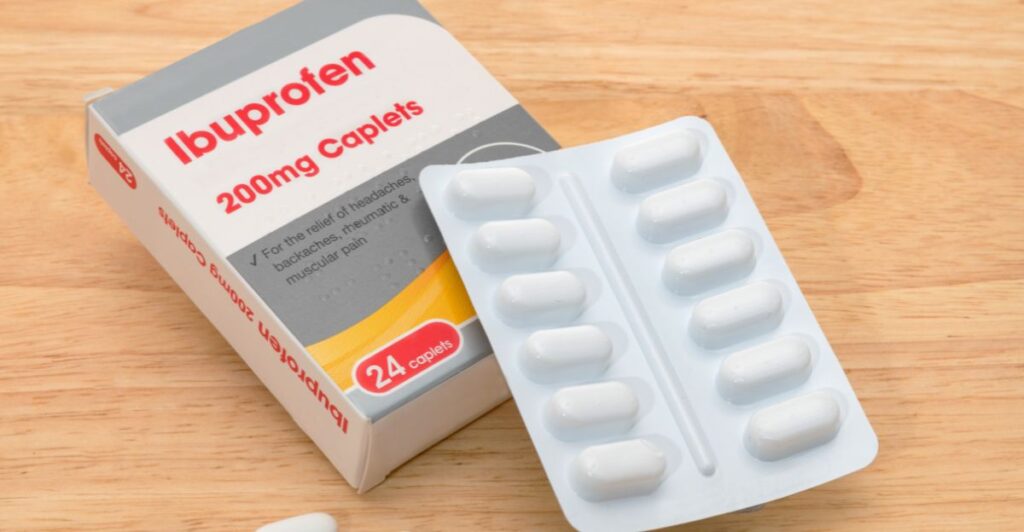
The rise of biosimilars and generic medications is a key factor contributing to lower prescription drug prices in 2025. New competitors are coming onto the market as the patents on costly biologic drugs start to expire, leading to increased competition and lower prices.
If barriers to market entry are reduced, biosimilars, which are similar to brand-name biologics but less expensive, are expected to become more accessible. Similarly, the expansion of generic medications for chronic conditions could further improve affordability and access for millions of Americans.
Challenges and Limitations of Drug Price Reforms

Despite the promise of lower drug prices, significant challenges remain. Pharmaceutical companies may respond by withdrawing their products from markets where prices are lower or circumvent regulation in order to remain profitable.
Legal battles and lobbying efforts could further postpone any meaningful price reductions. Moreover, the complexity of the U.S. healthcare system may prevent any savings from being distributed evenly among consumers.
What About Prescription Beauty Products?

Prescription beauty products that are essential for treating issues like acne, hyperpigmentation, facial hair, and even eyelash growth. Examples include Latisse’s ability to lengthen eyelashes, hydroquinone’s ability to diminish dark spots, azelaic acid’s ability to decrease acne and rosacea, and Vaniqa’s ability to slow growth of facial hair.
These treatments are usually stronger than the over-the-counter variety, and are only available with a doctor’s prescription because they can cause side effects. Reduced prices on prescription drugs could lower the cost of these high-tech treatments, and make them accessible to more consumers.
How Lowering Drug Prices Could Transform Beauty Hauls

Lower prescription drug prices could also leave consumers with more disposable income. This could result in a boost in spending on discretionary items such as beauty and skin care products. More affordable prescription treatments may also mean advanced solutions, previously reserved for those with higher budgets, could become mainstream.
Consumers may be more willing to splurge on premium brands, or expanding their routines to include prescription-strength products, ultimately elevating the standard beauty haul and making high-performance treatments more commonplace.
What Consumers Can Expect
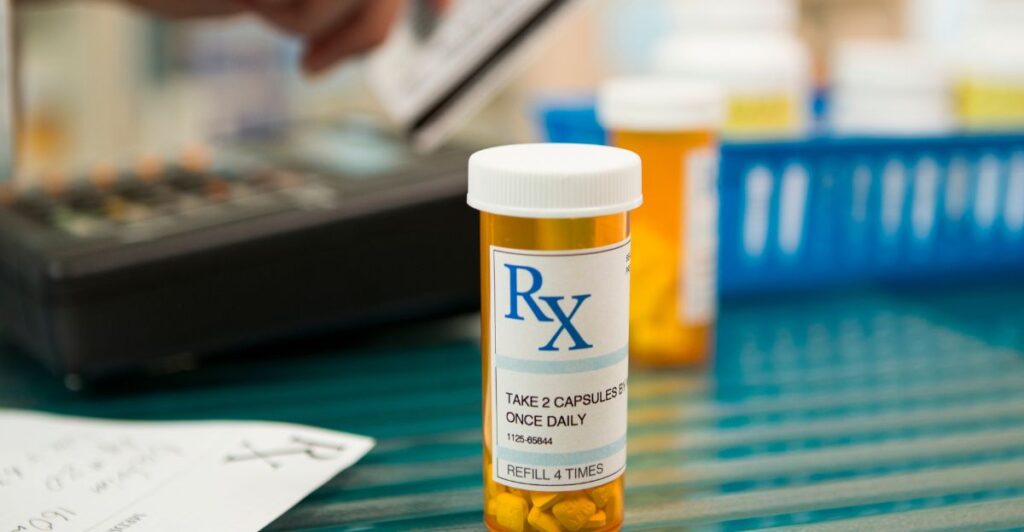
As policymakers, industry leaders and consumers grapple with the future of prescription drug prices, the advantages for the average American are clear. Cheaper medication could provide significant financial relief for many.
The road to meaningful change, however, is murky, and the timeframe for widespread impact remains unclear.
Discover more DIY hacks and style inspo- Follow us to keep the glow-up coming to your feed!
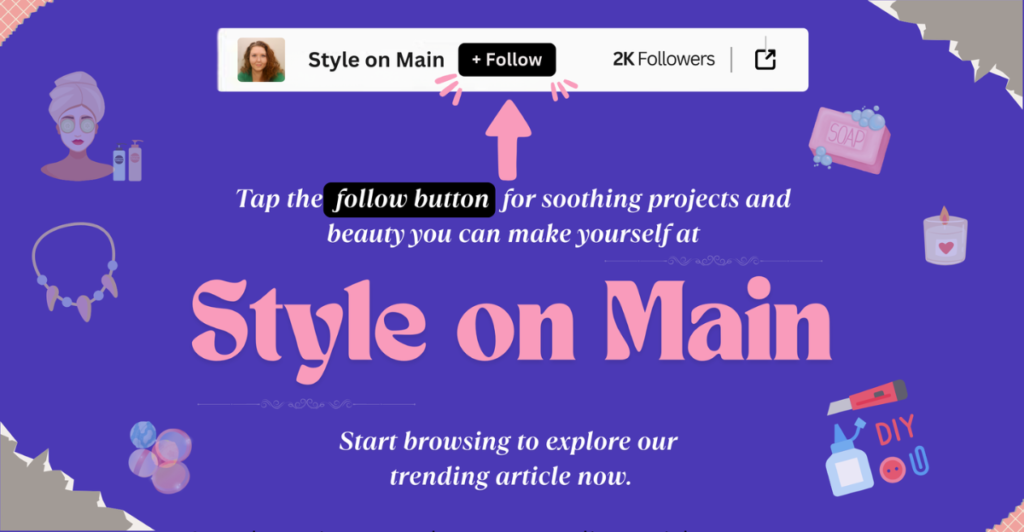
Love content like this? Tap Follow at the top of the page to stay in the loop with the latest beauty trends, DIY tips, and style inspo. Don’t forget to share your thoughts in the comments — we love hearing from you!